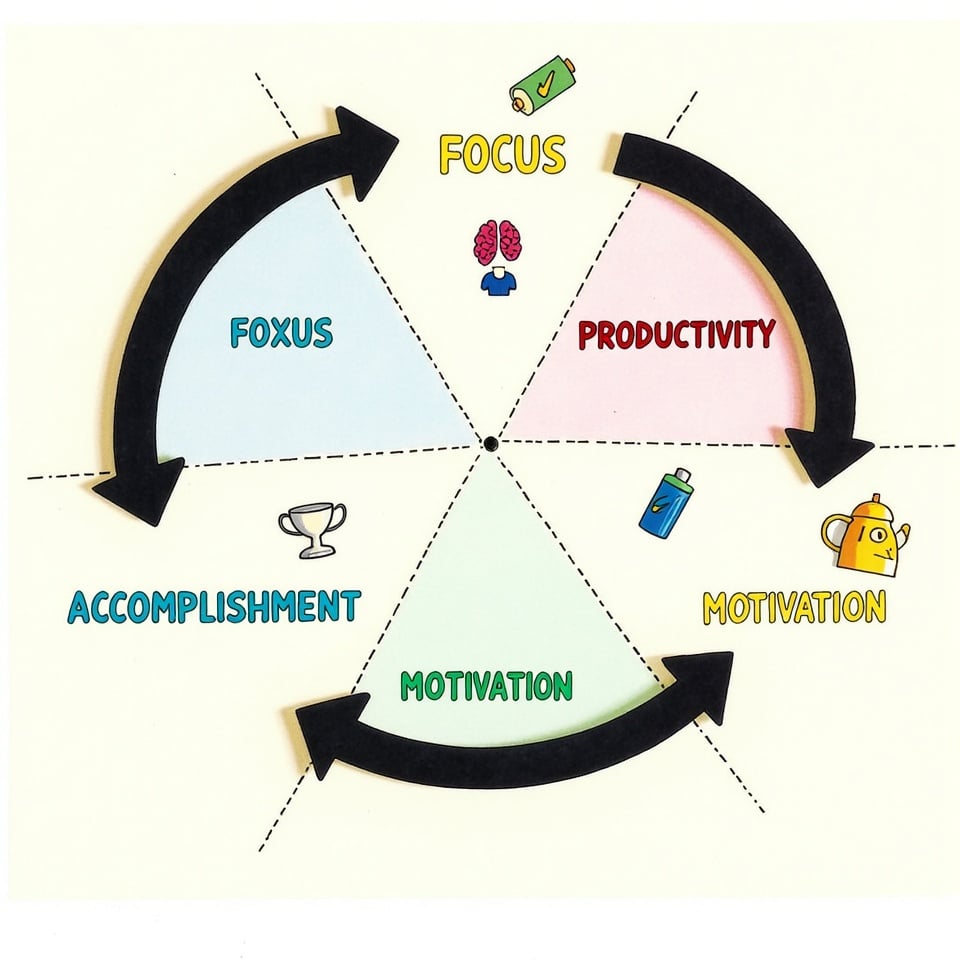Think of your favorite book, movie, or story. What makes it so memorable? It’s the way it tells a story that draws you in and keeps you engaged. That’s narrative writing.
Narrative writing is a way of sharing stories, whether they’re true or made-up, in a way that connects with the reader. It’s about sharing experiences, emotions, and ideas through written stories that can:
- Transport us to new worlds
- Evoke strong emotions
- Help us understand ourselves and others better
In this article, we’ll break down the basics of narrative writing, including what it is, how it’s structured, and the techniques used to make it compelling.
Table of Contents
What is narrative writing
Narrative writing is a type of writing that tells a story. It’s a way of sharing experiences, emotions, and ideas through written stories. When you write a narrative, you’re creating a story that has a beginning, middle, and end — just like a book or a movie.
Imagine you’re sitting around a campfire, and someone starts telling a story about a adventure they had. They describe what happened, how they felt, and what they saw. That’s basically what narrative writing is — telling a story in a way that makes the reader feel like they’re right there with you.
Narrative writing can be fiction (made-up) or nonfiction (true). It can be a short story, a novel, a memoir, or even a personal essay. The key thing is that it’s a story that’s meant to engage and connect with the reader.
Some common features of narrative writing include:
- A clear structure — a beginning, middle, and end
- Characters — people or animals that play a role in the story
- Setting — the time and place where the story takes place
- Plot — the events that make up the story
- Point of view — the perspective from which the story is told
When you write a narrative, you’re using these elements to create a story that will capture the reader’s attention and imagination. Whether you’re writing a story about a personal experience or a made-up adventure, the goal is to make the reader feel like they’re part of the story.
What does narrative writing include?
When you write a narrative, there are several key elements that help bring the story to life. These elements work together to create a story that’s engaging, interesting, and easy to follow.
Here are some of the things that narrative writing typically includes:
- Characters: These are the people or animals that play a role in the story. They can be the main character (the hero or protagonist), supporting characters (friends, family, or helpers), or even the bad guy (the antagonist).
- Setting: This is the time and place where the story takes place. It could be a real place, like a city or a park, or an imaginary world, like a fantasy kingdom.
- Plot: This is the sequence of events that makes up the story. It’s what happens, when it happens, and why it happens.
- Conflict: This is the problem or challenge that the main character faces. It could be an internal struggle (like a fear or a doubt) or an external challenge (like a obstacle or an enemy).
- Dialogue: This is the conversation between characters. It helps to reveal their personalities, relationships, and motivations.
- Description: This is the use of sensory details to describe the setting, characters, and events. It helps the reader to visualize the story and become more engaged.
- Point of view: This is the perspective from which the story is told. It could be first person (from the main character’s point of view), third person (from an outside observer’s point of view), or even second person (addressing the reader directly).
By including these elements, you can create a narrative that’s rich, engaging, and memorable. Whether you’re writing a short story, a novel, or a personal essay, these elements will help you to tell a story that captures the reader’s attention and imagination.
Types of narrative writing
Just like how there are different types of books, movies, and TV shows, there are also different types of narrative writing. Each type has its own unique characteristics and ways of telling a story.
Let’s explore four common types of narrative writing:
1. Linear Narrative
A linear narrative is a story that unfolds in a straight line. It starts at the beginning, moves through the middle, and ends at the end. The events are told in the order they happened, one after the other. Think of a timeline: you start at one end and move forward to the other end.
For example, if you were writing a story about your day, a linear narrative would start with waking up, then eating breakfast, then going to school, and so on. Each event builds on the previous one, creating a clear and straightforward story.
2. Nonlinear Narrative
A nonlinear narrative is a story that doesn’t follow a straight line. The events are told out of order, and the reader has to piece together the story. This type of narrative can be used to create suspense, surprise, or to highlight important events.
For example, a story might start with a dramatic event, then jump back in time to show what led up to it. Or, it might start with a character’s memory of a past event, then jump forward to the present.
3. Viewpoint Narrative
A viewpoint narrative is a story told from a specific character’s point of view. The reader sees the world through that character’s eyes, experiencing their thoughts, feelings, and observations. This type of narrative can create a strong connection between the reader and the character.
For example, if you were writing a story from the point of view of a detective trying to solve a mystery, the reader would see the clues and suspects through the detective’s eyes.
4. Descriptive Narrative
A descriptive narrative is a story that focuses on describing the setting, characters, and events in vivid detail. The goal is to create a rich and immersive atmosphere, drawing the reader into the world of the story.
For example, if you were writing a story about a magical forest, a descriptive narrative would focus on the sights, sounds, and smells of the forest, making the reader feel like they’re right there with the characters.
These are just a few examples of the many types of narrative writing. By experimenting with different types, you can find the one that best suits your story and style.
Characteristics of narrative writing
Narrative writing has some key characteristics that help make it engaging and effective. These characteristics work together to create a story that captures the reader’s attention and imagination. Let’s explore some of the most important characteristics of narrative writing:
- Imagery: Narrative writing often uses vivid and descriptive language to create powerful images in the reader’s mind. This can include descriptions of people, places, objects, and events.
- Dialogue: Dialogue is the conversation between characters. It helps to reveal their personalities, relationships, and motivations, making the story more believable and engaging.
- Conflict: Conflict is the problem or challenge that the main character faces. It can be internal (a fear or doubt) or external (an obstacle or enemy). Conflict creates tension and suspense, keeping the reader interested.
- Emotional Connection: Narrative writing often aims to create an emotional connection between the reader and the characters. This can be achieved through descriptions of emotions, thoughts, and feelings.
- Pacing: The pace of a narrative refers to the speed at which the story unfolds. A good narrative writer knows how to balance fast-paced action with slower, more reflective moments.
- Tone: The tone of a narrative is the overall mood or atmosphere of the story. It can be serious, humorous, adventurous, or any other tone that suits the story.
- Point of View: The point of view is the perspective from which the story is told. It can be first person (from the main character’s point of view), third person (from an outside observer’s point of view), or even second person (addressing the reader directly).
- Plot Twists: Plot twists are unexpected turns of events that surprise the reader and keep them engaged. They can be used to create suspense, surprise, or to reveal important information.
- Character Development: Character development refers to the way characters grow, change, or learn throughout the story. This can be achieved through their actions, dialogue, and interactions with other characters.
Tips for writing awesome narrative writing
Want to write a narrative that will leave your readers amazed? Here are some tips to help you create an awesome narrative:
- Start with a Hook: Begin your story with a hook that grabs the reader’s attention. This can be a surprising statement, an interesting fact, or a thought-provoking question.
- Show, Don’t Tell: Instead of telling the reader what’s happening, show them through descriptive language and sensory details. This will help them visualize the story and become more engaged.
- Use Vivid Language: Use vivid and descriptive language to bring your story to life. This can include metaphors, similes, and other literary devices that help create a rich and immersive atmosphere.
- Create Relatable Characters: Make your characters relatable and believable by giving them unique personalities, motivations, and backstories.
- Build Suspense and Tension: Create suspense and tension by using plot twists, cliffhangers, and other techniques that keep the reader guessing.
- Use Dialogue Effectively: Use dialogue to reveal character traits, relationships, and motivations. Make sure each conversation serves a purpose and moves the story forward.
- Use Sensory Details: Use sensory details to bring your story to life. Describe what your characters see, hear, smell, taste, and feel to create a rich and immersive atmosphere.
- Edit and Revise: Once you’ve written your first draft, edit and revise your work to make sure it’s the best it can be. Get feedback from others and be open to making changes.
- Use Active Voice: Use active voice instead of passive voice to make your writing more engaging and dynamic.
- Practice, Practice, Practice: The more you write, the better you’ll become. Practice writing regularly and experiment with different styles and techniques to find what works best for you.
By following these tips, you can create a narrative that will leave your readers amazed and wanting more. Remember to always keep writing, learning, and growing as a writer, and you’ll be well on your way to becoming a master of narrative writing!
FAQs about Narrative Writing
What is narrative writing and examples?
Narrative writing is a type of writing that tells a story, either true or made-up. It’s like writing a novel, a short story, or even a personal anecdote.
Examples of narrative writing include:
- A story about a brave knight who saves a kingdom
- A memoir about a person’s journey to success
- A historical account of a major event
- A fictional tale about a magical world
What are the 5 parts of narrative writing?
The 5 parts of narrative writing are:
- Exposition: This is the beginning of the story where the setting and characters are introduced.
- Rising Action: This is the exciting part of the story where the main character faces challenges and obstacles.
- Climax: This is the most intense part of the story where the main character faces a big decision or challenge.
- Falling Action: This is the part of the story where the main character deals with the consequences of their actions.
- Resolution: This is the ending of the story where everything is wrapped up.
What are the five rules of narrative writing?
While there are no strict rules, here are five guidelines to help you write a great narrative:
- Show, don’t tell: Instead of telling the reader what’s happening, show them through descriptive language and sensory details.
- Use descriptive language: Use vivid and descriptive language to bring your story to life.
- Create relatable characters: Make your characters relatable and believable by giving them unique personalities, motivations, and backstories.
- Use dialogue effectively: Use dialogue to reveal character traits, relationships, and motivations.
- Edit and revise: Once you’ve written your first draft, edit and revise your work to make sure it’s the best it can be.
How to write a narrative?
To write a narrative, follow these steps:
- Brainstorm your idea: Think about the story you want to tell and the characters you want to include.
- Create an outline: Plan out the structure of your story, including the exposition, rising action, climax, falling action, and resolution.
- Write your first draft: Start writing your story, using descriptive language and sensory details to bring it to life.
- Edit and revise: Once you’ve written your first draft, edit and revise your work to make sure it’s the best it can be.
- Get feedback: Share your story with others and ask for feedback to help you improve it.







